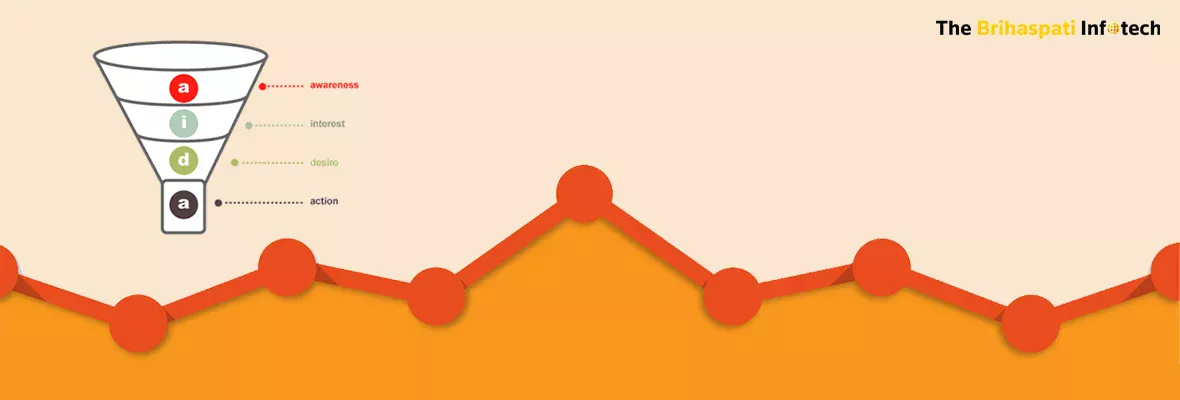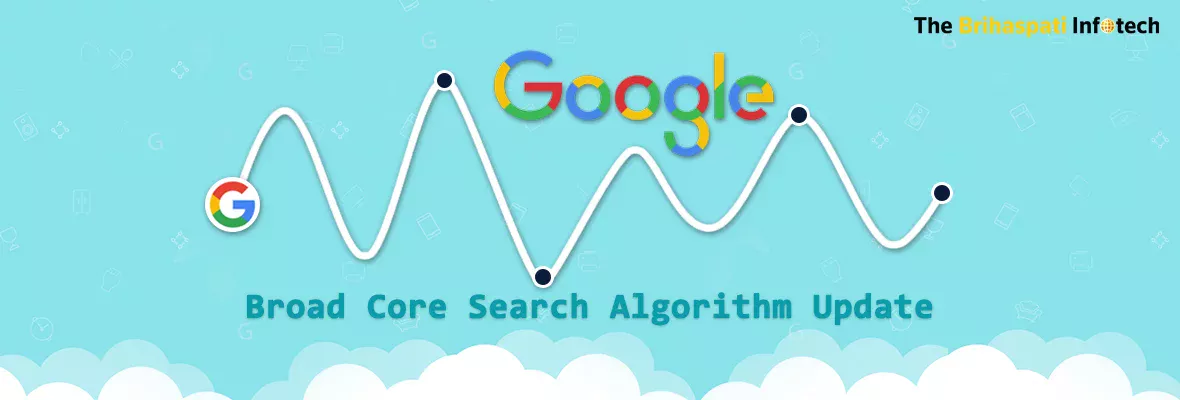Worldwide with the growing popularity of online shopping, people are now preferring to shop online than tumbling and tossing in the herded markets.
E-commerce companies are striving hard to remain in the competition and provide various lucrative offers to attract customers. Google Analytics plays a big role to track how well a website is converting or where it needs improvement.
What is a Goal and Conversion Funnel?
A ‘Google Analytics Goal’ is an action that a visitor might perform while visiting a website. Usually, a ‘Goal’ can be defined as per owner’s business objective. Starting from selling an item online or to get the visitor to sign up for an offer there may be several steps involved that a visitor must follow in order to complete an assigned Goal.
A ‘Google Analytics Conversion Funnel’ involves the various steps or series of URLs that a website owner can assign for visitors to follow their way to reach a specific Destination or Goal.
We can simply exemplify Conversion Funnel Steps as follows:
Step 1- Homepage, Step 2- Pricing page, Step 3- Reading a blog post, Step 4- Subscribing to email list And Final Step- Purchase confirmation link.
It is not always necessary to assign a conversion funnel with a monetary value. It also helps to analyze how well your website is doing with downloads, email opt-ins, social sharing, and much more.
We can also say conversion funnels allows to visualize and analyze the performance of a website or campaign with its conversion data within every step.
Google Analytics usually tracks the Conversion Funnels to provide a visualization of an owner’s website as per their business objectives. It also helps to check Goal abandonment by visitors i.e. on which step they joined on the Goal path or on which step they skipped.
In today’s post, you will learn the basic steps involved in creating conversion funnels in Google Analytics for a website. You will also learn how to add links for every step in a conversion funnel.
Let’s dive in!
Assuming that you already have Google Analytics account, login to your Google Analytics account and go to one of your web properties.
How to Create a Goal?
Follow these steps:
- In your Google Analytic account- Enter the “Admin”.
- Set your Goals in the ‘View’ section.
- Select an account > ‘View’ section > All website data > Click ‘Goals’.
- Click ‘Create New Goal’ > Add Goal Destination > Value > Turn Funnel ‘On’ > Add various steps or URLs in each conversion funnel.
Goal Destination: The Goal destination is the page where visitors get converted. It can be a purchase confirmation, thank you, or any other page.
Goal Value: A website owner can assign any monetary value to this conversion step. But in case he has more than one product or price it can be difficult to assign.
Conversion Funnel: Here you can enter your desired steps for conversion that leads to assigned Goal. Also, you can see at which step a visitor enters your funnel and where he drops off.
Until unless you switch the “Required” button to “Yes” all steps will remain optional. Which means, if you turn on ‘Required’ as the first step for the homepage, then all those visitors who do not visit homepage will not be recorded in the funnel.
Note: It is recommended to turn off ‘Required’ until unless you have a firm need for a special case.
Save the above Goal once you’ve finished entering your funnel steps.
It’s done now!
How to Visualize Conversion Funnel Data?
Now above created Conversion Funnels will take some time to start collecting website data.
Once it begins collecting data, you can visualize it with following steps:
- Go back to Reporting.
- In the left sidebar click Conversions.
- Expand the Goals item, and Click Funnel Visualization.
- This will look as shown:
Here you can clearly see the number of visitors passing through your funnel, their dropping off, and funnel conversion rate.
By creating above conversion funnels, you can always keep a track on your website’s conversion data especially when you make any change or some tests are run on your website.
I hope you may have learned some basics of how to create conversion funnels in Google Analytics.
Start now! Get these funnels installed right away to analyze the performance of your business website and also optimize your conversion rates.
Stay Tuned for Latest Updates
Fill out the form to subscribe to our newsletter








